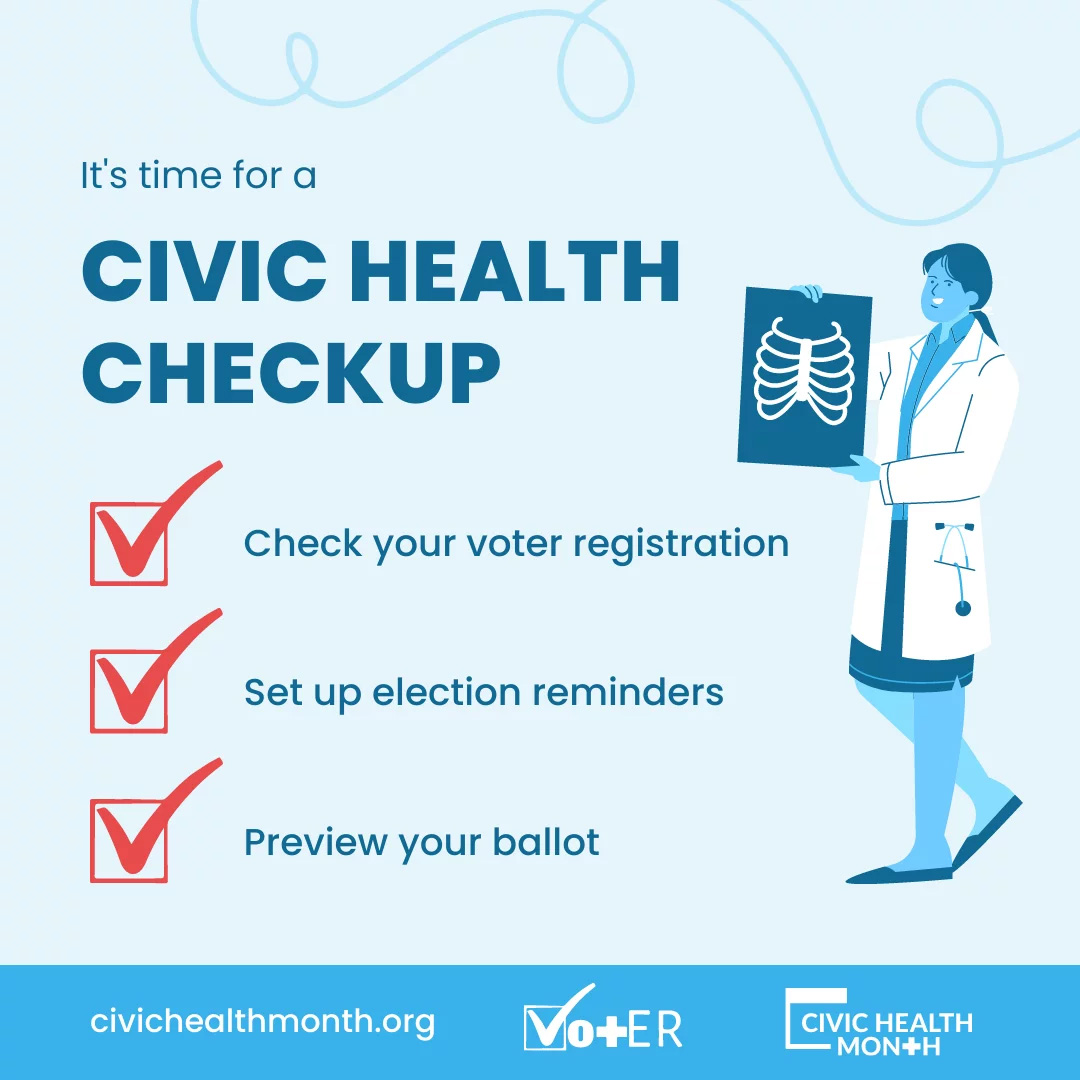An analysis of 2022 data from the National Survey on Drug Use and Health suggests that 3.7% of U.S. adults meet DSM-5 diagnostic criteria for OUD. Of this group, 55.2% received some form of OUD treatment, and 25.1% received medications for OUD. Another survey study highlighted one significant barrier to care: Most people either do not know that primary care physicians can prescribe medications for OUD or incorrectly believe that they cannot. Although family physicians make up the largest share of buprenorphine prescribers, according to a 2020 Graham Center Policy One-Pager, the vast majority of family physicians are not prescribing. A systematic review found that physicians are reluctant to address substance use and addiction in their practices because of lack of institutional support, knowledge and skills, and cognitive capacity.
Collectively, these health care system limitations create major gaps in the cascade of care for OUD, according to a JAMA commentary:
The care cascade—widespread screening regardless of the point of care; ensuring diagnosed patients receive treatment, including medications; and retaining patients in care—has been part of medical care for many years and most clinicians, regardless of medical specialty or practice setting, have understood its importance. … With 1 in 27 adults needing OUD treatment, most US clinicians are likely to have patients who need treatment in their practices, whether they are aware of it or not.
For patients with OUD who decline treatment with sublingual or long-acting injectable buprenorphine, clinicians can offer harm reduction strategies such as naloxone distribution, needle and syringe programs, and long-acting reversible contraception, if applicable. A previous AFP article on primary care for persons who inject drugs recommends screening for HIV infection, latent tuberculosis, and hepatitis B and C; providing vaccinations for hepatitis A and B, tetanus, and pneumonia if indicated; and offering HIV pre-exposure prophylaxis.
A cluster randomized trial conducted from July 2021 to June 2022 evaluated the effect of a community-level intervention to increase uptake of evidence-based practices to reduce opioid-related overdose deaths: overdose education and naloxone distribution, medications for OUD, and prescription opioid safety. In the United States, 67 communities in Kentucky, Massachusetts, New York, and Ohio were randomized to the intervention or a wait-list control. Unfortunately, opioid overdose death rates were similar in the intervention and control groups. The intervention’s apparent lack of effect may have been due to the short follow-up period, a coincidental spike in fentanyl-related overdoses, challenges in implementing practice changes during the COVID-19 pandemic, and a low (less than 20%) rate of medications for OUD–prescribing in intervention communities.
